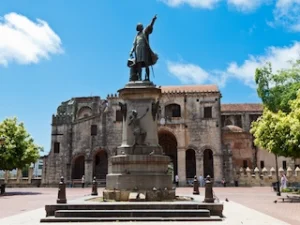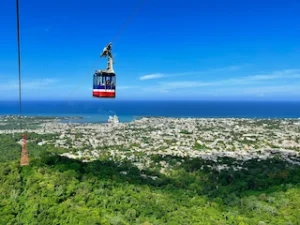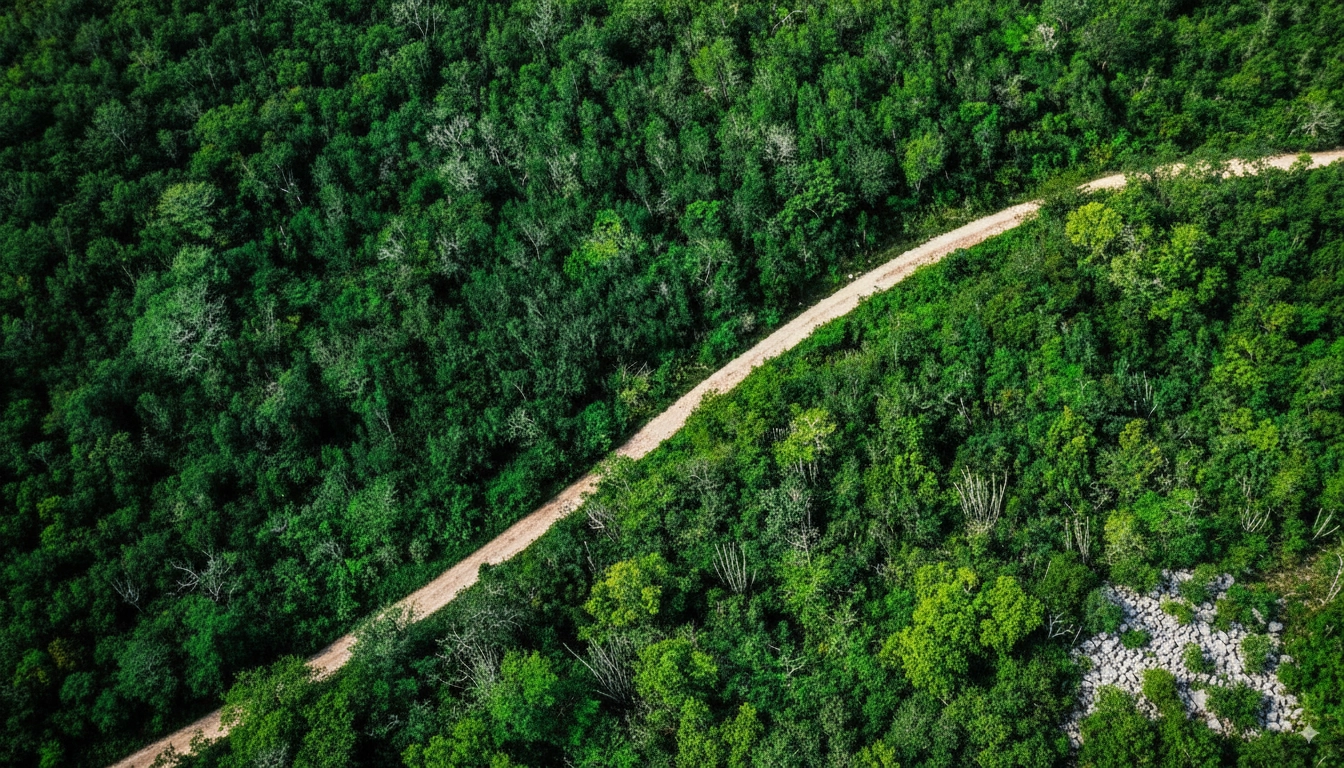Parque Nacional Cotubanamá (Parque Nacional del Este)
Parque Nacional Cotubanamá, also historically known as the Parque Nacional del Este, is one of the Dominican Republic’s most iconic protected areas. Covering more than 790 km² of land and marine ecosystems, the park is located in La Altagracia Province and is home to some of the country’s most spectacular natural and cultural attractions, including Isla Saona, the Palmilla Natural Pool, and numerous caves with Taíno rock art.
The park was renamed Cotubanamá in honor of the Taíno chief who resisted Spanish colonization in the early 16th century. Today, it remains a living symbol of Dominican history, biodiversity, and conservation.
Cotubanamá offers a paradise for eco-tourism, combining tropical forests, mangroves, limestone cliffs, coral reefs, and pristine beaches. It is a hotspot for birdwatching and marine life, with manatees, sea turtles, and countless tropical fish thriving in its waters.
On land, visitors can explore caves such as Cueva del Puente and Cueva de Chicho, which preserve ancient Taíno pictographs. These archaeological treasures add cultural depth to the park’s natural richness.
The most popular excursions within the park include day trips to Isla Saona and swimming at Palmilla, but visitors seeking off-the-beaten-path experiences can also enjoy hiking, kayaking, and exploring hidden jungle trails.
Accessibility: Parque Nacional Cotubanamá can be accessed through Bayahibe and Dominicus, the main departure points for tours. By road, it is about 50 minutes (70 km) from Punta Cana, 2 hours (150 km) from Santo Domingo, and around 8 hours and 15 minutes (305 km) from Puerto Plata.
Whether exploring its caves, enjoying its marine biodiversity, or relaxing on the beaches of Saona, Parque Nacional Cotubanamá (Parque Nacional del Este) is one of the Dominican Republic’s must-visit destinations for eco-tourism and cultural heritage.




